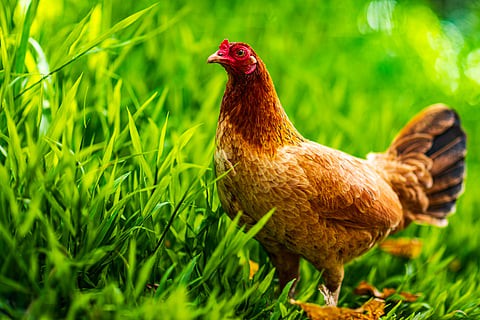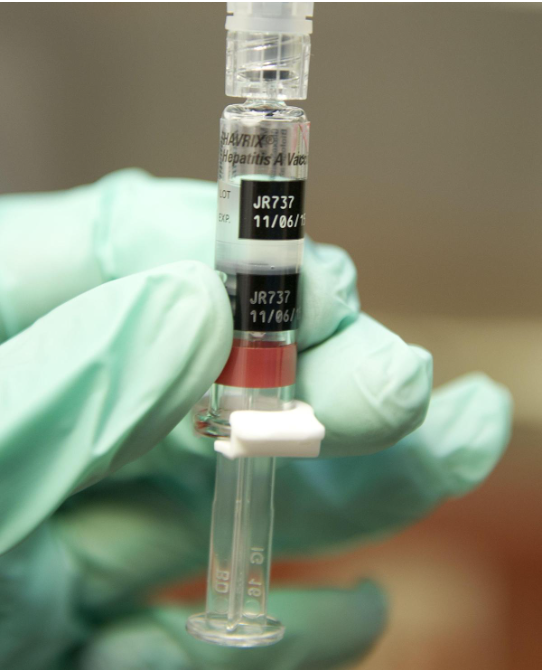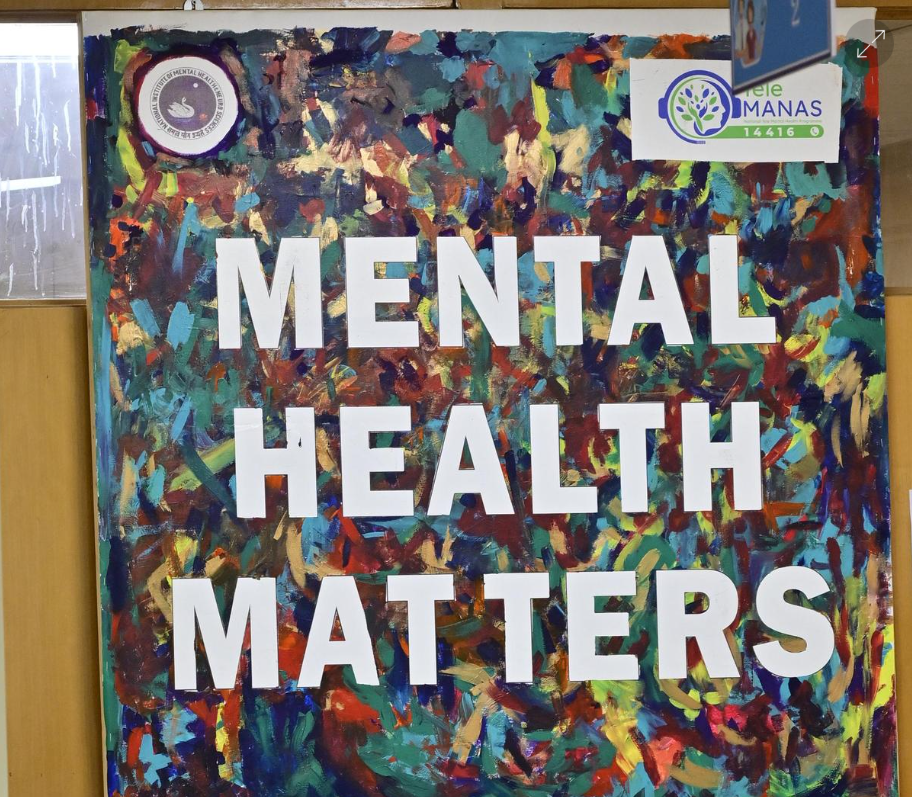Description
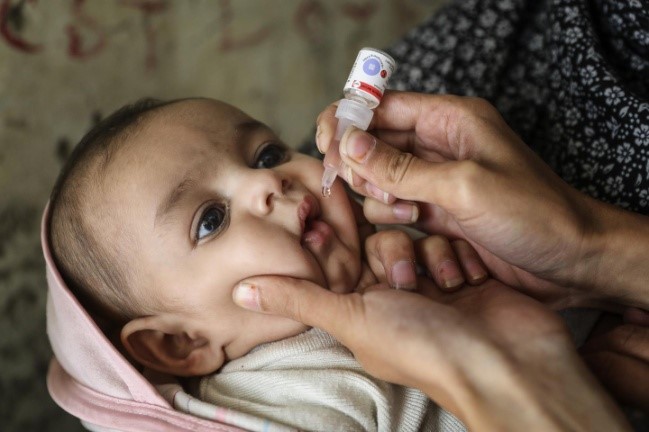
Disclaimer: Copyright infringement not intended.
Context
- Every year, October 24 is marked as World Polio Day in celebration of the birth of Jonas Salk, the American researcher who developed the first polio vaccine in 1955.
About Polio
- Poliomyelitis (polio) is a highly infectious viral disease that largely affects children under 5 years of age.
- The virus is transmitted by person-to-person spread mainly through the faecal-oral route or, less frequently, by a common vehicle (e.g. contaminated water or food) and multiplies in the intestine, from where it can invade the nervous system and cause paralysis.
- Because polio is highly contagious, no one is safe until everyone is vaccinated.
- In 1988, the World Health Assembly adopted a resolution for the worldwide eradication of polio, marking the launch of the Global Polio Eradication Initiative.
- Wild poliovirus cases have decreased by over 99% since 1988.
- Of the 3 strains of wild poliovirus (type 1, type 2 and type 3), wild poliovirus type 2 was eradicated in 1999 and no case of wild poliovirus type 3 has been found since the last reported case in Nigeria in November 2012.
- Both strains have officially been certified as globally eradicated.
- Wild poliovirus type 1 affects two countries: Pakistan and Afghanistan.
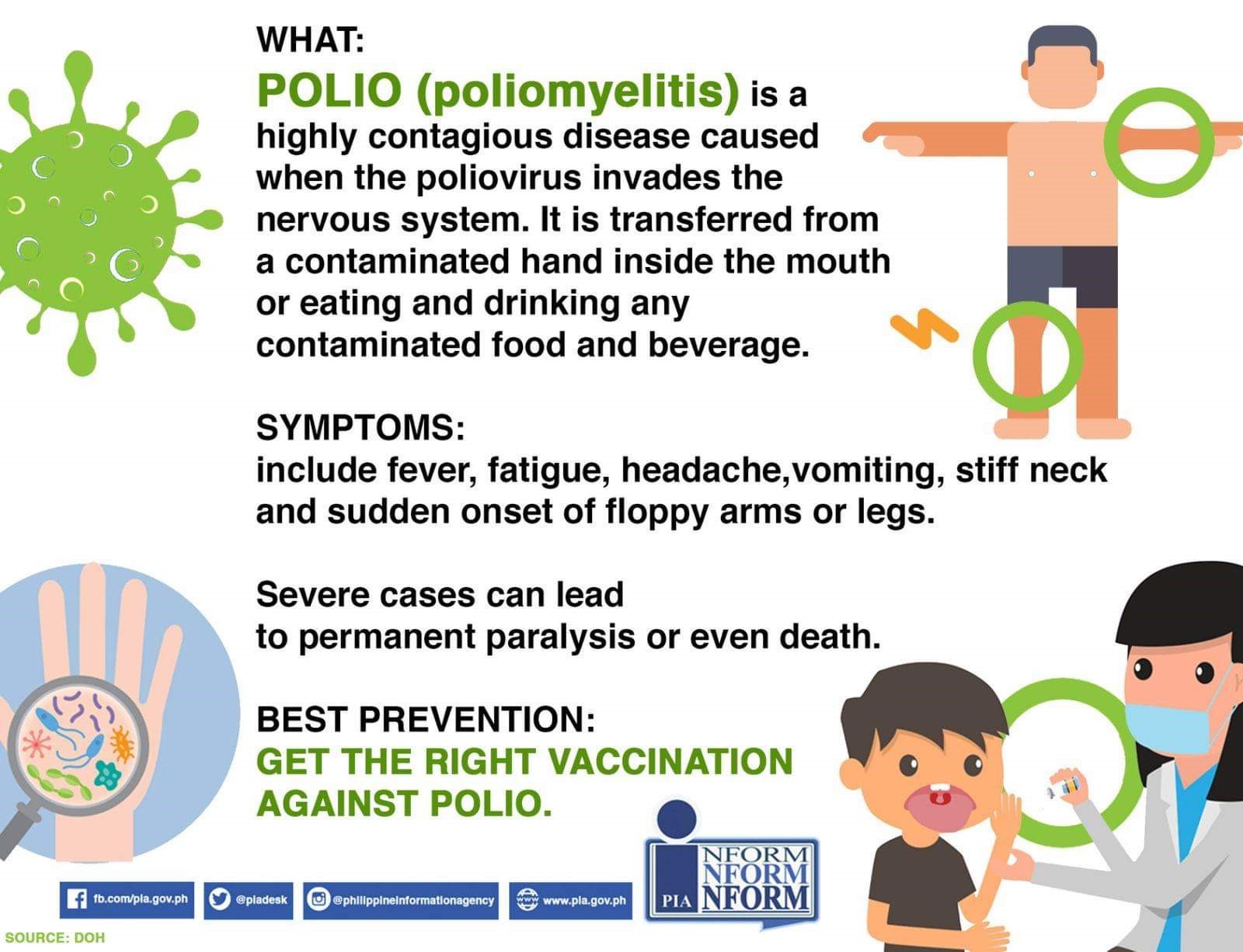
What is India’s situation with regard to the disease?
- India was declared polio-free in January 2014, after three years of zero cases.
- The last case due to wild poliovirus in the country was detected on January 13, 2011.
- Inactivated poliovirus vaccine (IPV) protects people against all three types of poliovirus.








